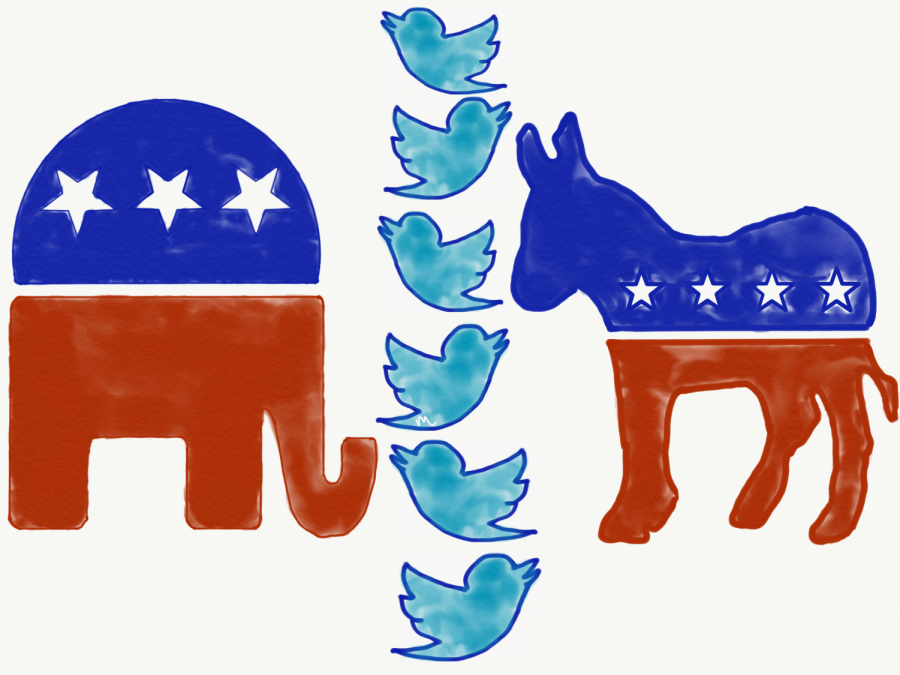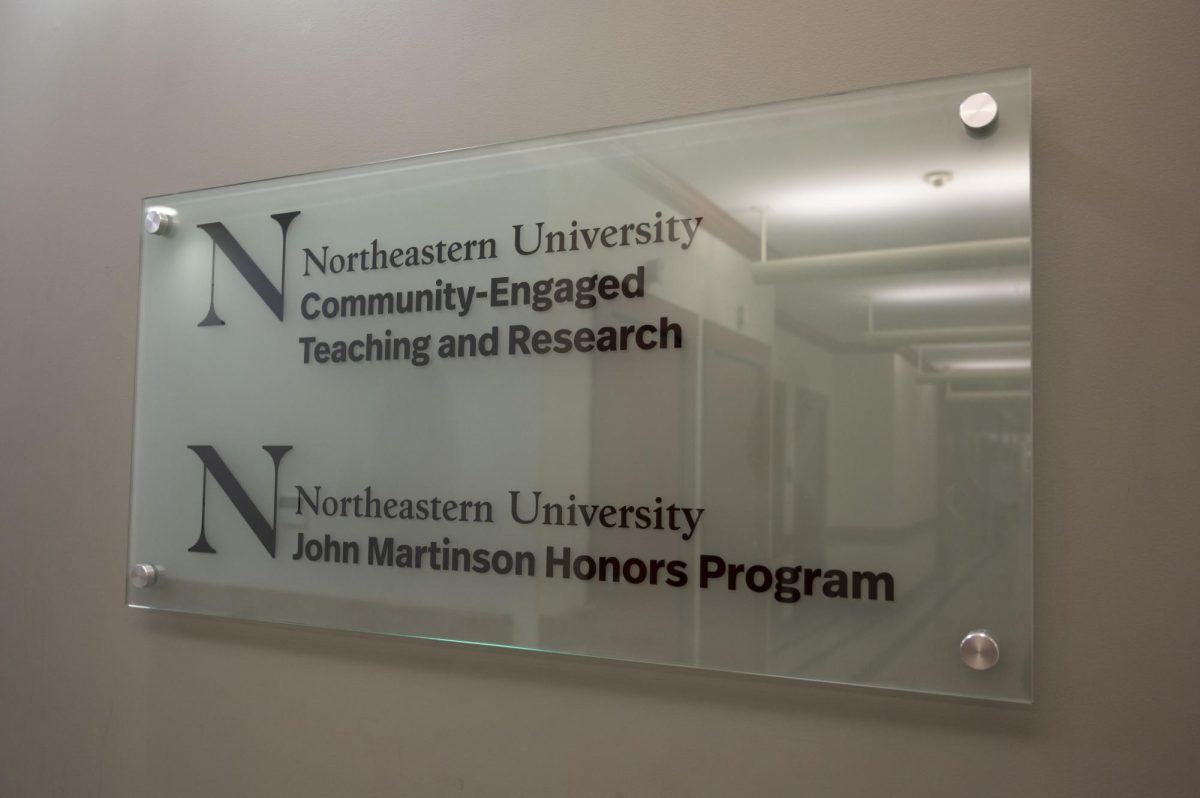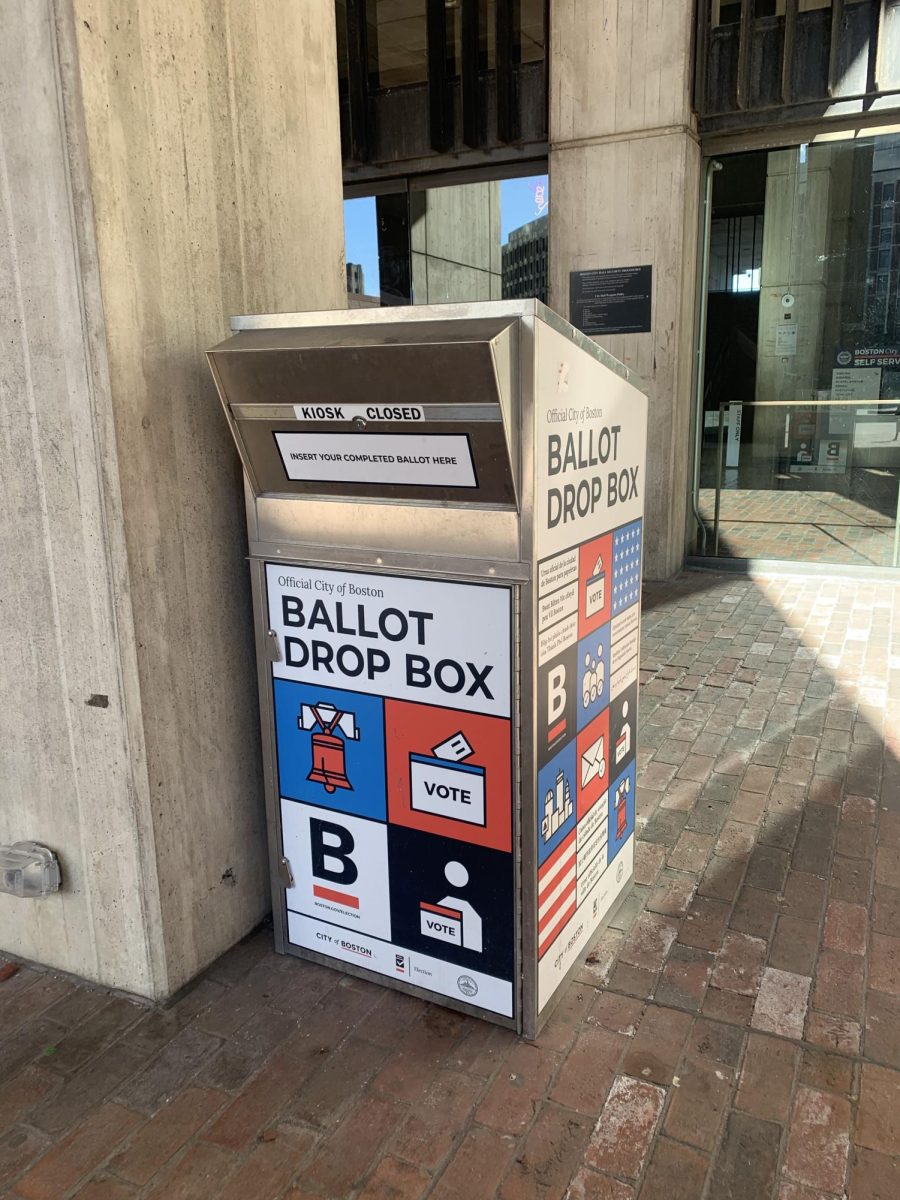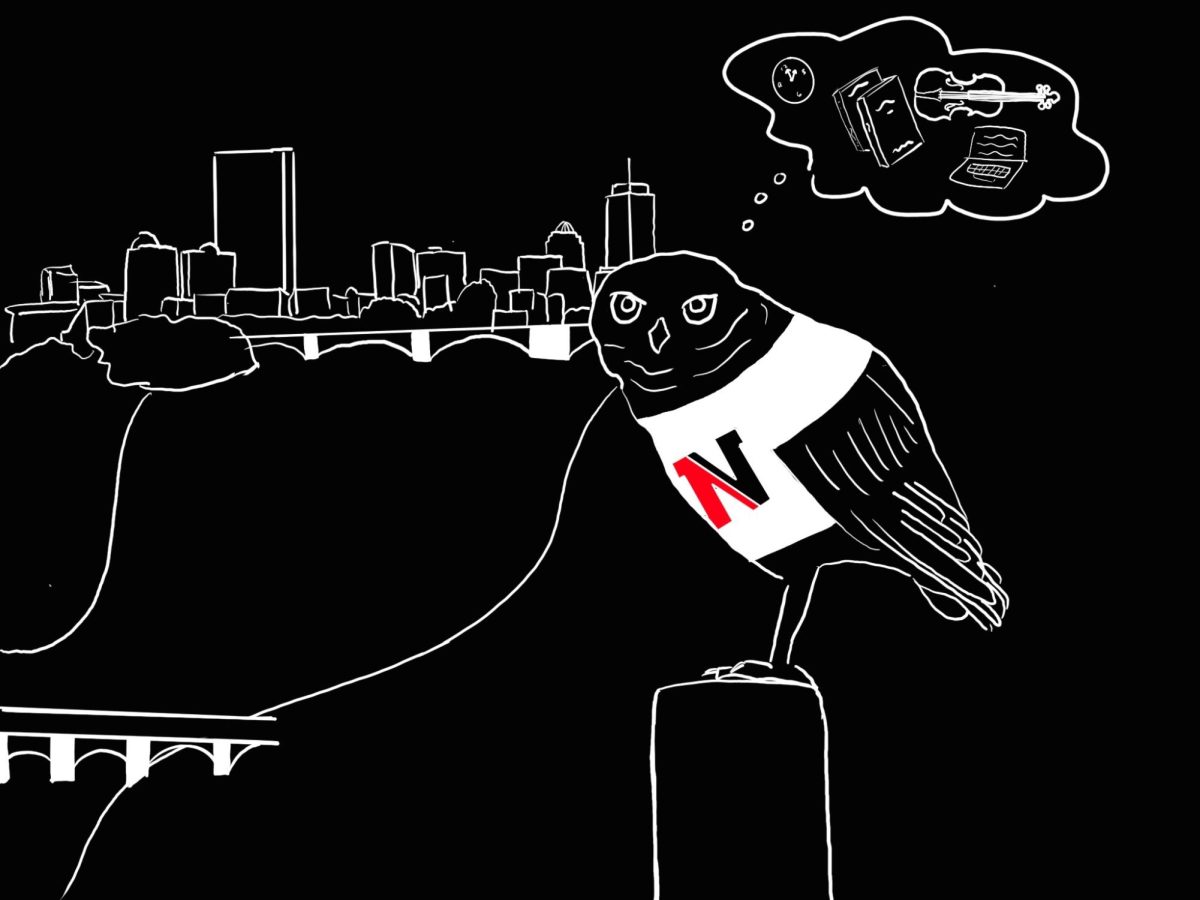By Sean Connolly, Editorial Section Editor
Recently, a story about how a drug increased 5,000 percent in price overnight has had airwaves and broadsheets reporting on the relative pricing of pharmaceuticals. After a hedge manager acquired the rights to distribute the 62-year-old drug Daraprim, he increased the price from $13.50 a tablet to $750. This drug is used primarily by patients with AIDS to help fight off a life-threatening parasitic infection.
This increase was condemned by people in both the public and political spheres. Hillary Clinton called the increase “price gouging,” and vowed to create a plan to address high drug prices. Sen. Bernie Sanders, I-VT, and Rep. Elijah E. Cummings, D-MD, who were already investigating recent increases in drug prices, sent a letter to the company, Turning Pharmaceuticals, requesting information on the reasons for the increase.
“The enormous, overnight price increase for Daraprim is just the latest in a long list of skyrocketing price increases for certain critical medications,” the two politicians said in a press release. “Americans should not have to live in fear that they will die or go bankrupt because they cannot afford to take the life-saving medication they need.”
Unreasonable drug prices are part of an institutional problem. The fact is, most drug companies are more concerned with making a profit than providing good medicine. The total spending on medicine in the US has increased from $195 billion in 2002 to $374 billion in 2014. Americans spend more than twice as much per year on prescription drugs than Canadians or Europeans, according to the IMS Institute for Healthcare Informatics (IMS).
Because of how much control major companies have over the market, it’s incredibly difficult for smaller companies to break into the scene and introduce what could be more effective drugs. A common counterargument is that the for-profit drug market drives innovation, but this doesn’t hold water. Worldwide, the 10 largest pharmaceutical companies control over one-third of the market. These companies are happy where they are, making profits by increasing prices on extant drugs.
“[There is] an inherent conflict of interest between the legitimate business goals of manufacturers and the social, medical and economic needs of providers and the public to select and use drugs in the most rational way,” reads a statement by the World Health Organization (WHO).
This is made more problematic by the fact that pharmaceutical companies are the main source of information to the public about which drugs are most effective. In the U.K., where there is more publicly-funded information on drugs than in the US, corporations spend 50 times more on promotion than independent and government sources do on public information around drugs, according to the WHO.
An evocative example is the industry surrounding cancer drugs. Global cancer drug sales are over $100 billion a year. This is largely caused by increasing drug costs- the average monthly cost of cancer drugs from 2000-2004 was $4,716, and the average cost today is $9,900, according to IMS. Life expectancy for people with cancer has been improving, but it’s expensive. The result is a large amount of cancer patients falling into debt. There’s not much choice provided; survival comes with a high price tag.
Arguments saying the for-profit model without any regulation is beneficial fail to take in account the individuals who have to struggle both with life threatening illnesses and crippling drug prices. This model also fails to account for the fact that the companies already profiting off the current system are more likely to attempt to keep the status-quo than to spend a major part of their profits on research.
Photo Courtesy Erich Ferdinand, Creative Commons



















